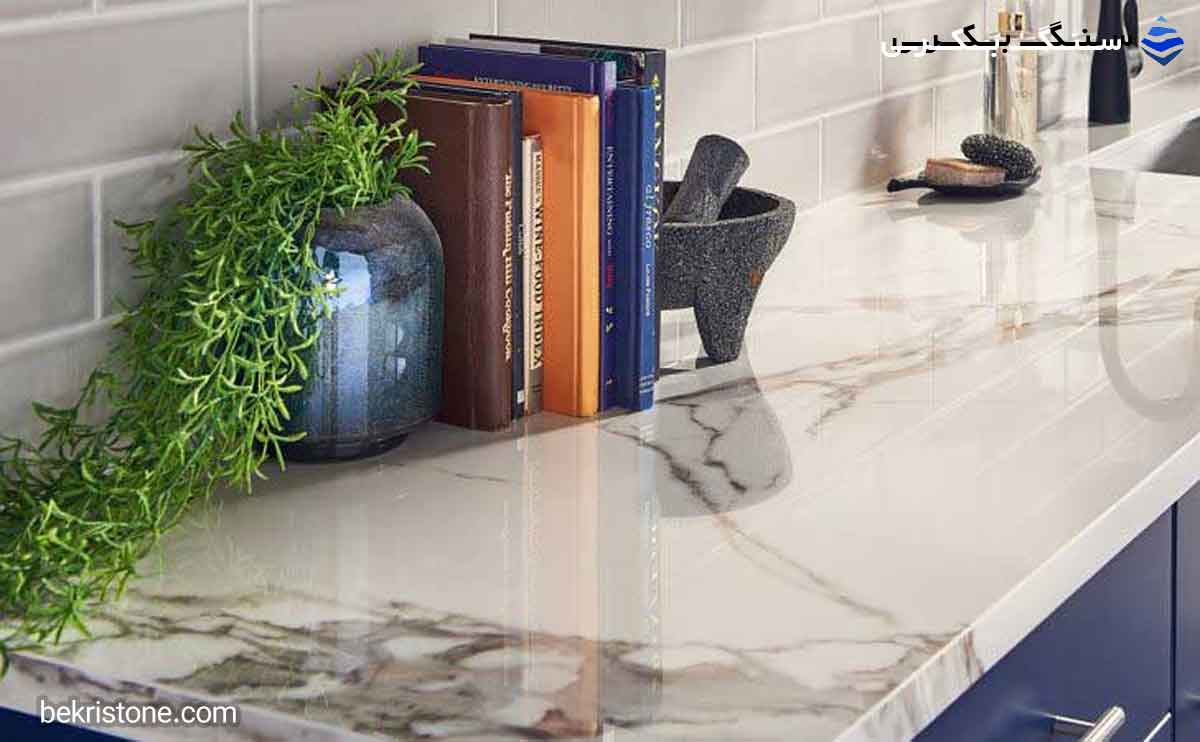magazine
Important points when buying building stone

Building stone is one of the most important and durable materials used in the construction industry. Given the variety of stones and quarries available, selecting the right stone for a construction project can be challenging. This article explores 11 key points you should consider when purchasing building stone to ensure you make the best choice for your project.
1) Compressive Strength
The compressive strength of the stone is a crucial factor. This indicates the stone’s ability to withstand pressure and weight. For instance, stones used for facades should have a minimum compressive strength of 300 kg/cm², while stones for parking lot floors require a higher strength (around 900 kg/cm²). Always consider the installation location and intended use.
2) Water Absorption
Water absorption is another critical factor. Stones with high absorption rates, like limestone, are unsuitable for humid areas as they may stain or deteriorate. For external facades, it’s best to use stones with a water absorption rate of less than 2%.
3) Intended Application
The stone’s application determines the type you need. For example, travertine, granite, and crystal (Chinese) marble are suitable for exterior facades due to their resistance to sunlight, cold, and heat. For residential flooring, marble and crystal marble are excellent options.
4) Size and Dimensions
The size and shape of the stone should harmonize with your space. For large areas, slab stones with dimensions like 80×80 cm or 100×100 cm are ideal as they create a seamless look with fewer visible grout lines. For smaller spaces, stones sized 40×40 cm or 40×20 cm are more appropriate.
5) Stone Availability (Quarry Reserves)
For large projects, ensure the quarry has sufficient reserves. Some quarries may be unable to supply stone due to geographical or seasonal conditions. Therefore, verifying the production cycle and availability from the quarry to the factory is essential.
6) Price
The price of stone depends on various factors like color, quality, dimensions, and processing type. Lighter-colored stones are typically more expensive, and slabs also command a higher price due to specialized processing. If you have a limited budget, consider using similar-looking, more affordable alternatives.
7) Processing and Finishing
Stone processing involves cutting, polishing, resin treatment, and other stages that impact its final quality and price. Stones that undergo more precise processing are of higher quality and, consequently, more expensive. Pay close attention to the type of processing.
8) Color
The stone’s color should complement the building’s overall design. Some stones, like marble and limestone, can fade when exposed to sunlight, making them unsuitable for exterior facades. In contrast, travertine and granite are more resistant to sunlight.
9) Quarry of Origin
The source quarry directly influences the stone’s quality and price. Some quarries, due to their geographical location or limited reserves, produce more expensive stones. It is advisable to purchase stone from reputable and well-known quarries.
10) Flexural and Tensile Strength
Flexural and tensile strength indicate the stone’s ability to withstand external forces without cracking. This is particularly important for stones exposed to pressure or significant temperature variations.
11) Cutting Method
Stones are typically cut using two methods: saw-cut (areh) and guillotine-cut (gelleh-bar). Saw-cut slabs are more expensive but offer superior quality and aesthetics. Guillotine-cut stones are a more budget-friendly option for cost-conscious projects.
Final Word
Choosing the right building stone is a critical step in construction, directly impacting a building’s aesthetics and durability. By considering the points outlined above—such as compressive strength, water absorption, application, size, color, and price—you can select the perfect stone for your project.
You can purchase all your building stones at the best price and quality from the Bekri Stone Store.
